On October 23rd, Huawei officially launched the HUAWEI VR Glass which – as the name suggests – is a pair of VR glasses. The product was announced with a price tag of 2999 Yuan, around $430 at the current exchange rates. Today, we learn that the headset is finally hitting the market on Thursday, December 19th; while also acquiring further details.
Huawei VR Glass Light & Foldable VR Headset Hitting the Market on December 19th
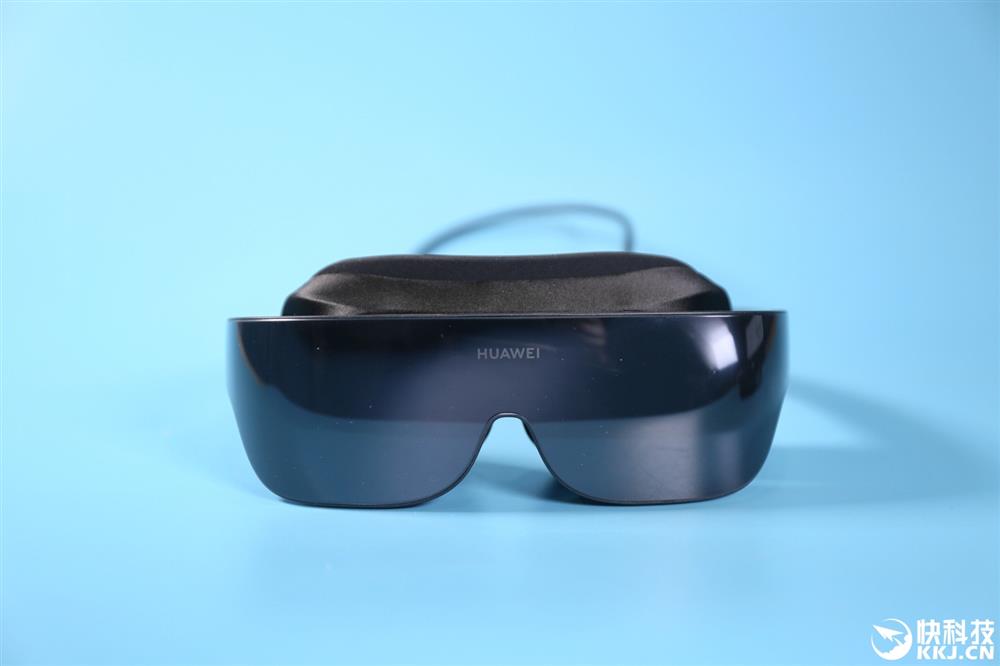
So, let’s start with a very important factor when talking about virtual reality glasses: the weight. Huawei‘s VR Glass come weighing just 166 grams, for a thickness of the lens system of about 26.6mm. According to the company, this is a huge leap over current VR headsets (in terms of lightness) and it’s also what got Huawei a World VR Industry Conference Innovation Gold Award in 2019.
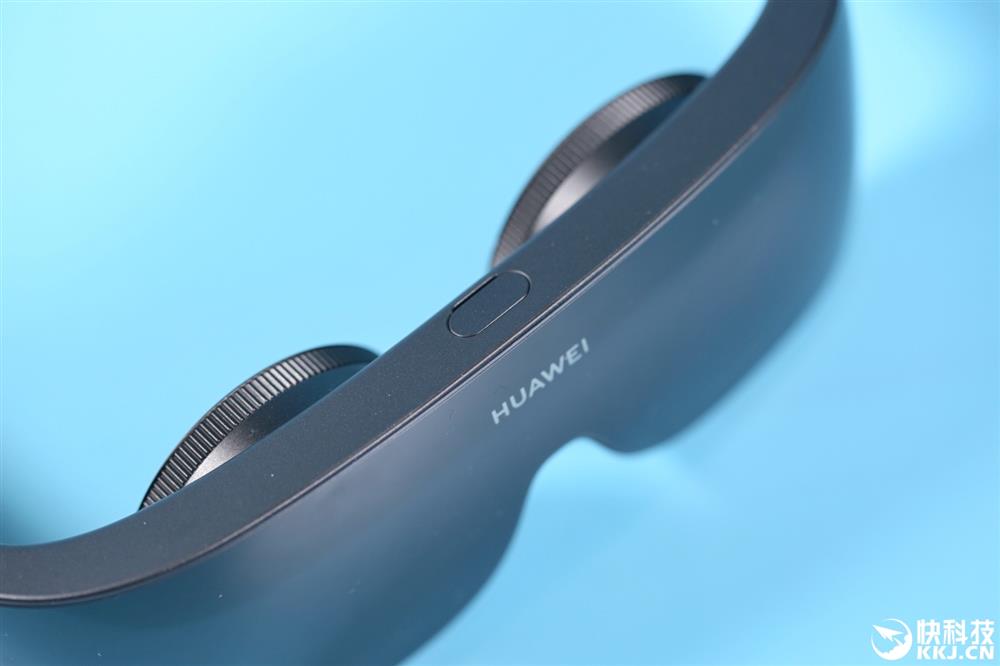
Gizchina News of the week
The HUAWEI VR Glass uses an ultra-short focus optical system, a three-stage folding optical path and a 5-pixel high-precision calibration. The glasses can be adjusted for those who suffer of myopia in a range that goes from 0 to 700 degrees; meanwhile the adaptive pupillary distance goes from 55 to 71 mm. The headset also features a breathable shading mask, making it more comfortable to wear and to enjoy the content.
Other important specs include a screen resolution of 3200×160 for a PPI of up to 1058. We then have a 90-degree field of view and 70 / 90Hz variable refresh rate.
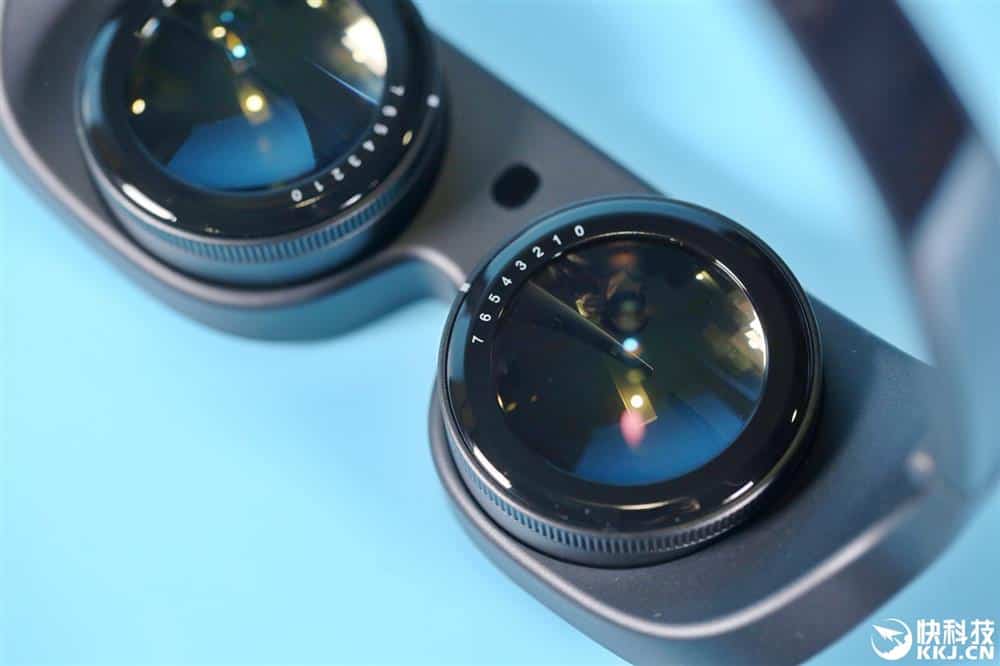
The headset also supports 3D sound effects, IMAX giant screen mode and VR mobile phone projection screen mode. Meanwhile on the content side, Huawei will provide 30,000 hours of VR video, over 100 Mobile VR games and thousands of computer VR games (6DoF games).
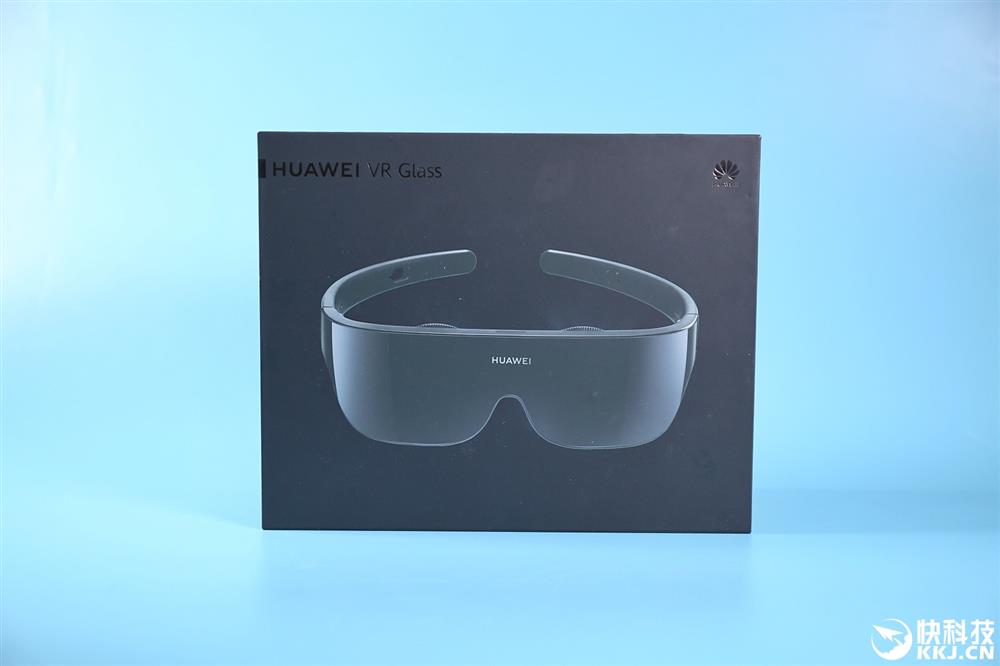
So, the Huawei VR Glass appears to be a solid device in a market (VR) that’s rapidly picking up. In the first quarter of 2019, global shipments of AR / VR headsets have indeed increased by 27.2% year-on-year. Will it continue to grow in 2020? Well, we’re going to find out very soon!

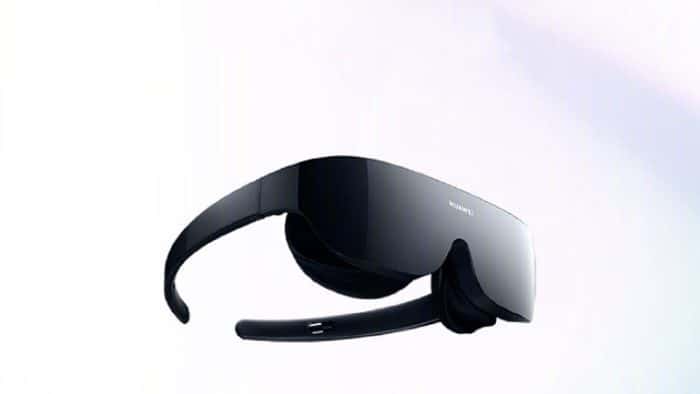
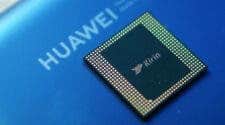



Oof 90 FOV, that’s weak
Not sure what 3200×160 would look like what would be a reference from a different vr? Seems more like a movie or vr video player than gaming unit but I have no idea really. The future is bright.
It’s 3200×1600, since each lens is 1600×1600. The Valve Index, for comparison, is 1440×1600 per lens.